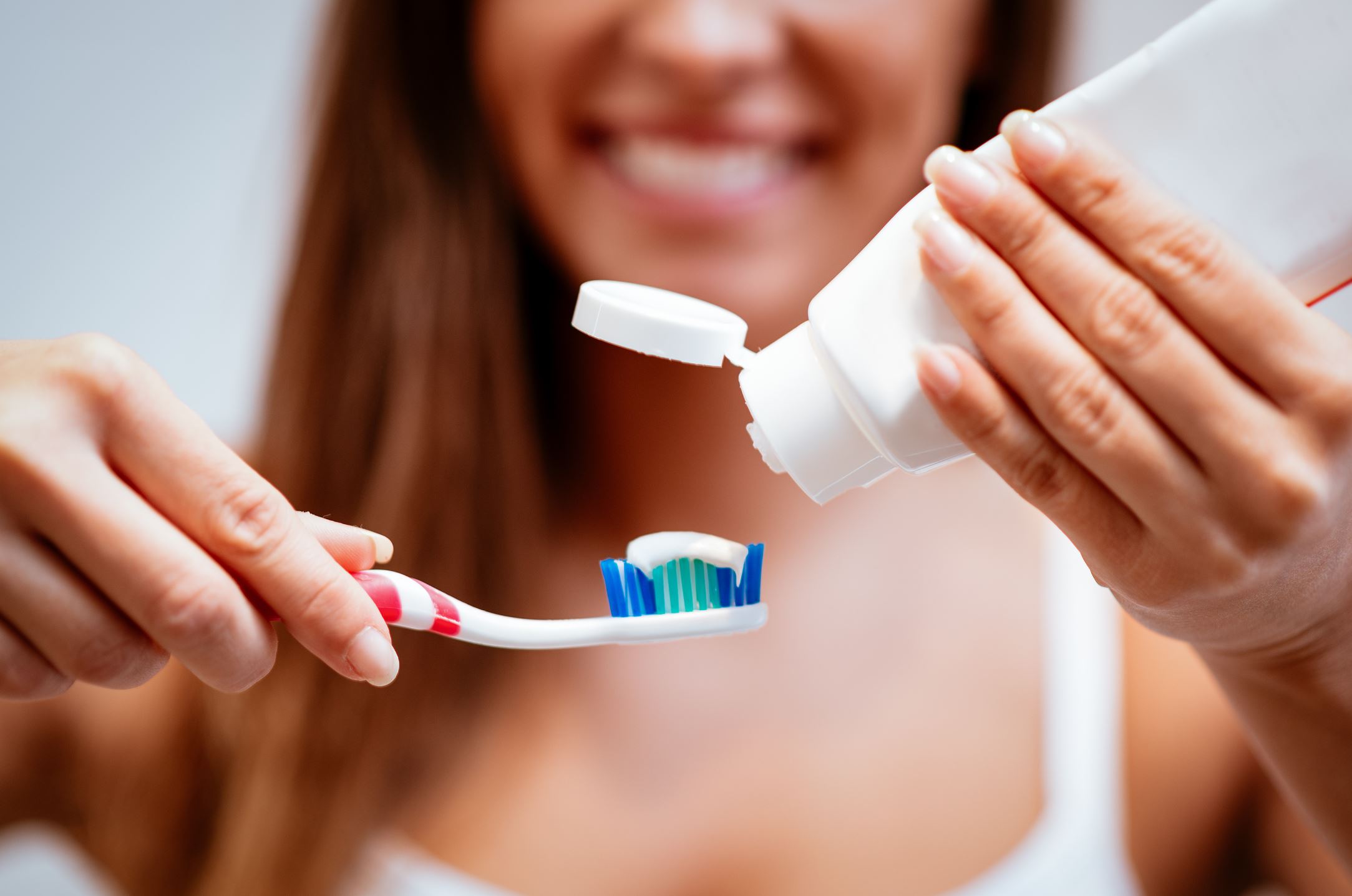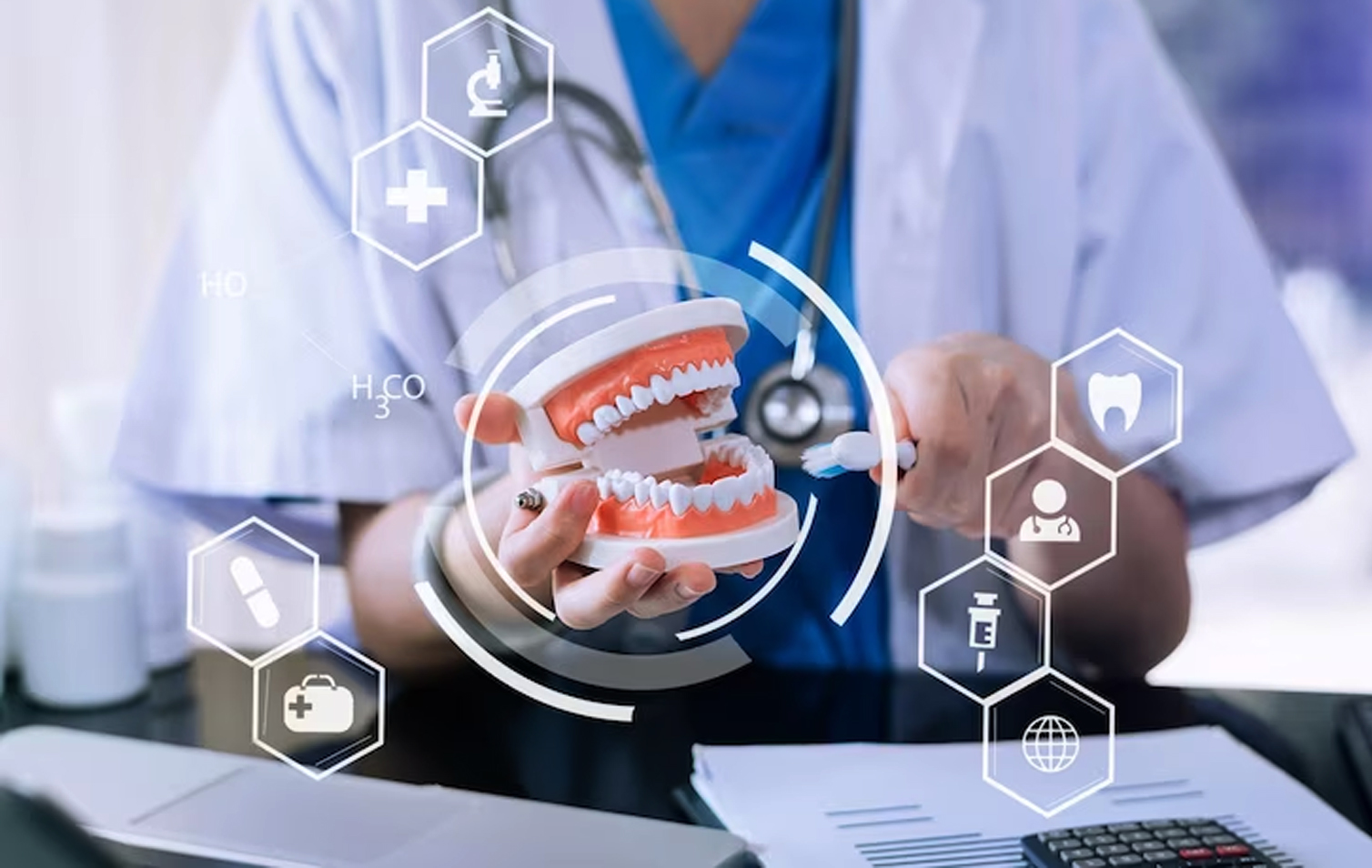Maintaining good oral hygiene is crucial for overall health and well-being. One of the most important aspects of oral care is brushing your teeth regularly. By adopting the best practices and techniques, you can effectively remove plaque, prevent cavities, and maintain a healthy smile. Sean Coon will explore the optimal way to brush your teeth and provide valuable tips for maintaining excellent oral hygiene.
The Basics of Brushing Teeth Choosing the Right Toothbrush and Toothpaste
The first step to brushing your teeth effectively is selecting the right tools. When it comes to toothbrushes, you can choose between manual and electric options. Manual toothbrushes are affordable, easily accessible, and suitable for most individuals. On the other hand, electric toothbrushes offer advanced features like timers and oscillating heads that can enhance cleaning efficiency. Consider your personal preference and dental recommendations when making a choice.
Alongside the toothbrush, selecting the right toothpaste is equally important. Toothpaste options include fluoride toothpaste for cavity protection, whitening toothpaste for stain removal, and specialized formulas for sensitive teeth. Consult with your dentist to determine which toothpaste suits your specific needs.
Proper Brushing Technique
Once you have the right toothbrush and toothpaste, it’s essential to use the proper brushing technique. Hold the toothbrush at a 45-degree angle against the gumline. Use gentle, circular, or back-and-forth motions to clean the outer and inner surfaces of your teeth. Don’t forget to brush the chewing surfaces as well. Aim to brush for at least two minutes, dedicating equal time to each quadrant of your mouth.
Frequency of Brushing
To maintain optimal oral health, it’s recommended to brush your teeth at least twice a day – once in the morning and once before bed. Additionally, consider brushing after meals or snacks, especially when consuming sugary or acidic foods. However, be mindful of waiting at least 30 minutes after consuming acidic substances to allow your saliva to neutralize the acid.
Step-by-Step Guide to Effective Brushing Preparing for Brushing Before you start brushing, wet your toothbrush to soften the bristles. Apply a pea-sized amount of toothpaste to the brush. Remember, a little goes a long way!
Brushing the Front Teeth Begin by brushing the front teeth. Hold the toothbrush vertically and use gentle up-and-down strokes to clean the inner and outer surfaces. Pay extra attention to the gumline and the back of your front teeth.
Brushing the Back Teeth Next, move to the back teeth. Tilt the brush at a 45-degree angle and brush in circular motions to effectively clean these hard-to-reach areas. Don’t forget to clean both the outer and inner surfaces.
Brushing the Chewing Surfaces To clean the chewing surfaces of your teeth, use a back-and-forth motion. Make sure to cover all the grooves and crevices where food particles can accumulate.
Brushing the Tongue Brushing your tongue is an essential step to eliminate bacteria and keep your breath fresh. Gently brush your tongue in a back-to-front motion. Rinse your mouth and toothbrush thoroughly after this step.
Rinsing and Cleaning the Toothbrush After brushing, rinse your mouth with water to remove any leftover toothpaste or debris. Rinse your toothbrush thoroughly and store it upright in a well-ventilated area to dry. Avoid covering the bristles or storing them in a closed container, as it can promote bacterial growth.
Additional Tips for Optimal Oral Hygiene Flossing and Using Mouthwash
Brushing alone is not sufficient to maintain excellent oral hygiene. Incorporate flossing into your daily routine to remove plaque and food particles from between your teeth. Additionally, using mouthwash can help kill bacteria, freshen your breath, and reach areas that may be missed by brushing alone.
Choosing a Mouthwash
There are different types of mouthwash available, including antiseptic and cosmetic varieties. Antiseptic mouthwash contains ingredients like chlorhexidine that can reduce bacteria and prevent gum disease. Cosmetic mouthwash focuses on freshening breath and may contain ingredients like mint or fluoride. Consider your specific needs and consult with your dentist to choose the most suitable mouthwash.
Importance of Regular Dental Check-ups
Regular visits to your dentist are crucial for maintaining optimal oral health. Dental professionals can identify early signs of cavities, gum disease, or other oral health issues. They can also provide professional cleanings to remove stubborn plaque and offer personalized advice on maintaining oral hygiene.
Diet and Lifestyle Factors
In addition to brushing and regular dental visits, your diet and lifestyle play a significant role in oral health. Limit your sugar intake, as it can contribute to tooth decay. Avoid tobacco products, as they can stain your teeth and increase the risk of gum disease. Furthermore, staying hydrated promotes saliva production, which helps protect your teeth against decay and keeps your mouth fresh.
Common Mistakes to Avoid
While adopting the best practices is essential, it’s equally important to avoid common mistakes that can hinder your oral health.
- Brushing Too Hard Brushing too vigorously can damage your gums and wear down tooth enamel. Use gentle, circular motions and let the bristles do the work.
- Neglecting Certain Areas of the Mouth Ensure you brush all surfaces of your teeth, including the back molars and the gumline. These areas are prone to plaque buildup and require attention.
- Not Replacing the Toothbrush Regularly Over time, toothbrush bristles become frayed and less effective at cleaning. Replace your toothbrush every three to four months, or sooner if the bristles show signs of wear.
- Ignoring Signs of Oral Health Issues If you experience persistent bad breath, bleeding gums, tooth sensitivity, or any other oral health concerns, don’t ignore them. Consult with your dentist to address the issue promptly.
- Brushing your teeth is a fundamental aspect of maintaining good oral hygiene. By following the proper techniques, using the right tools, and incorporating additional oral care practices, you can achieve optimal oral health. Remember to brush at least twice a day, floss daily, use mouthwash, and schedule regular dental check-ups. Prioritize your oral health, and you’ll enjoy a confident smile and a healthier mouth.




